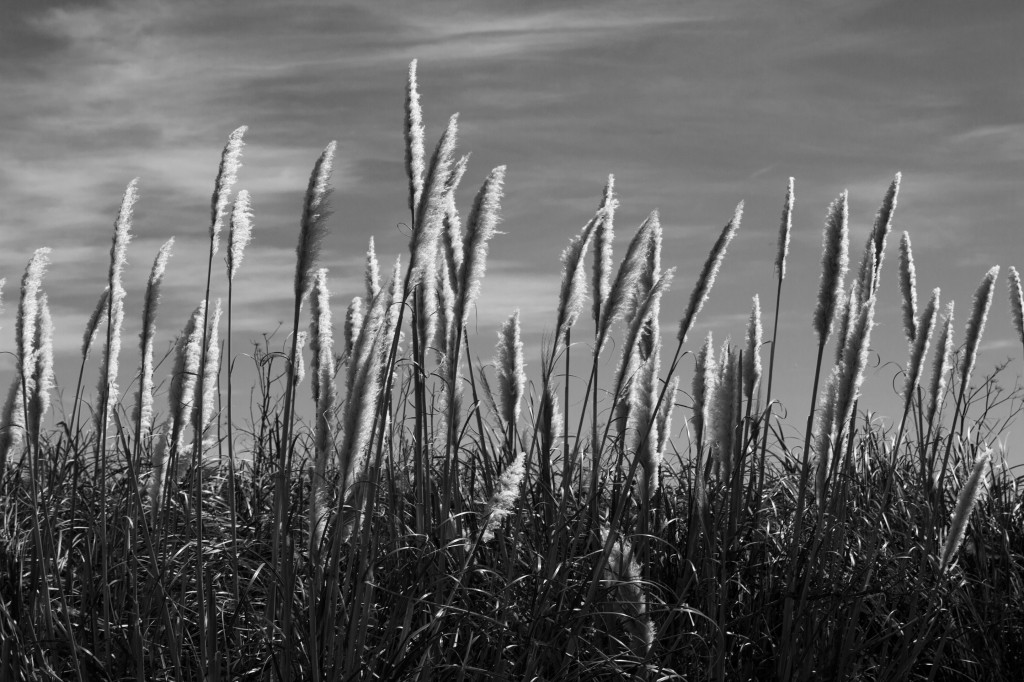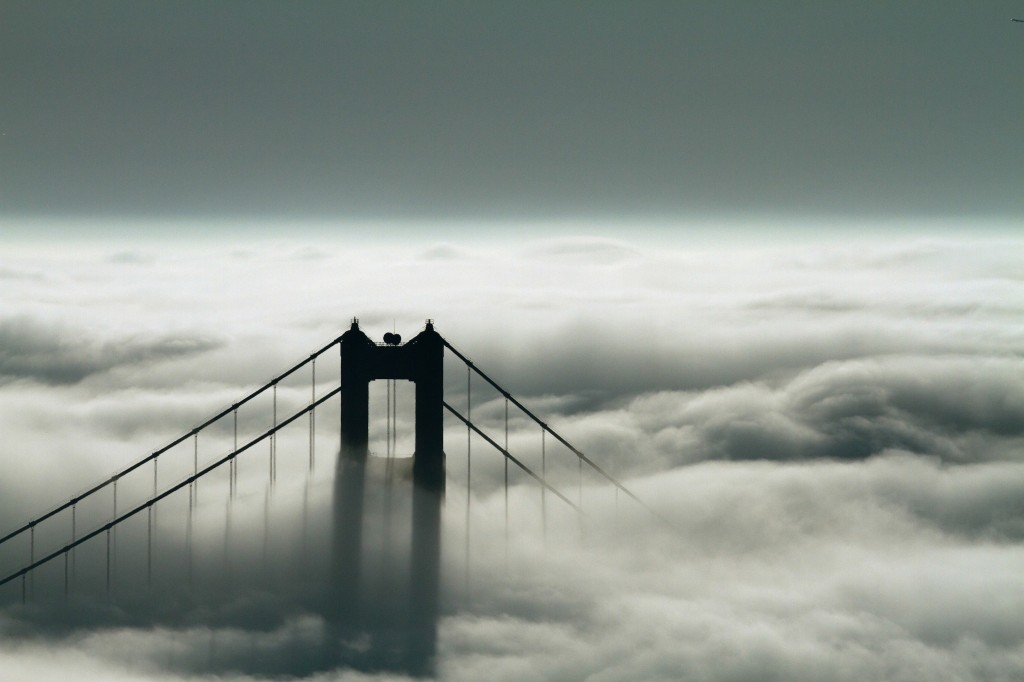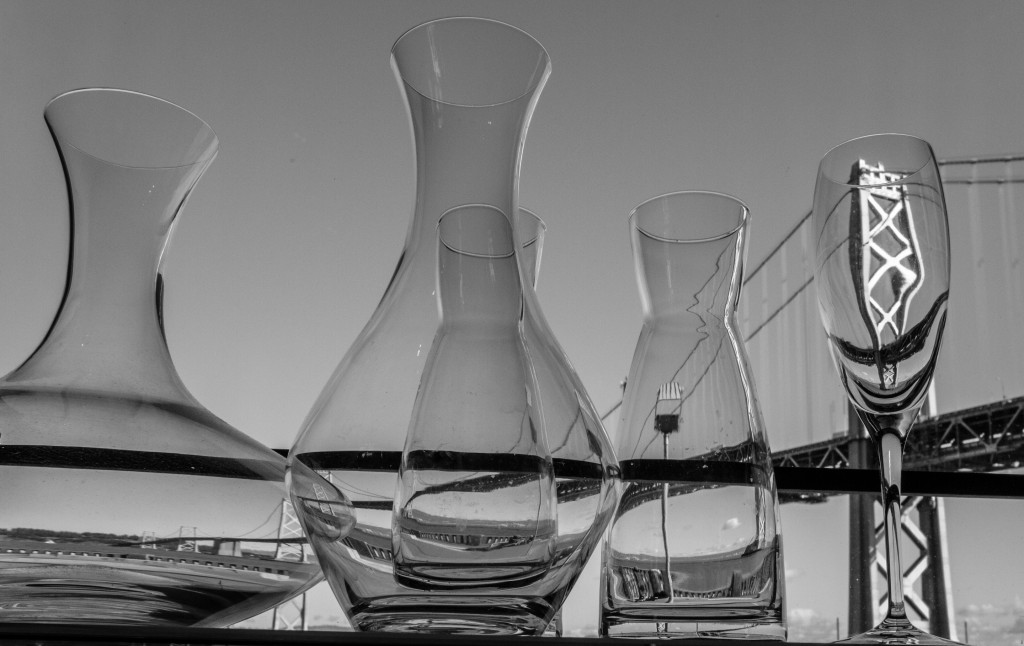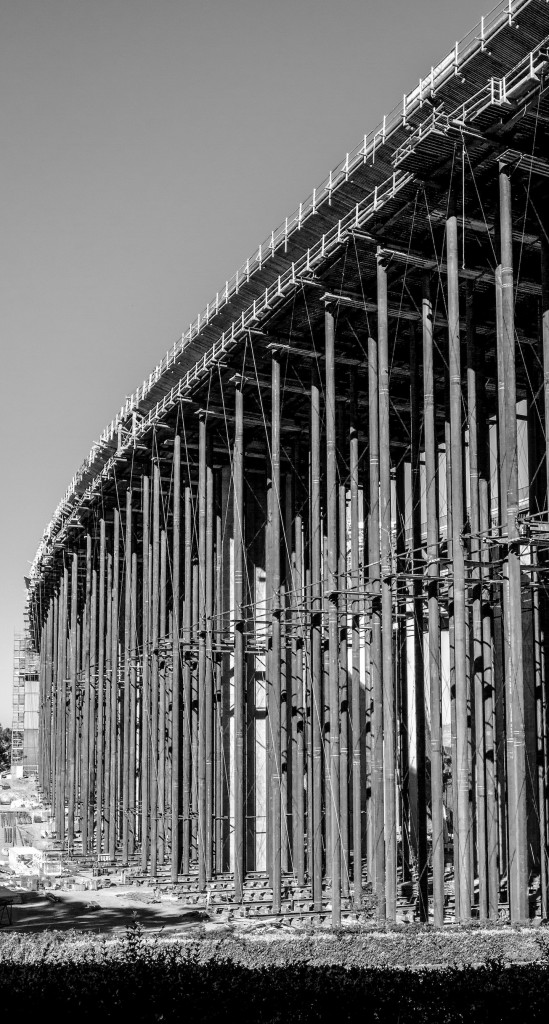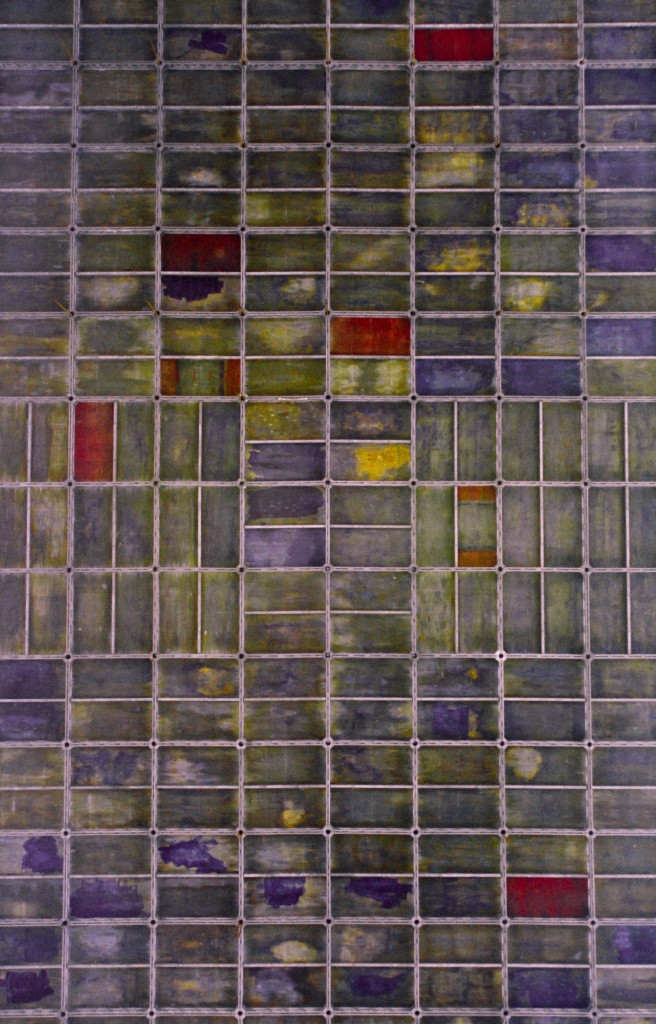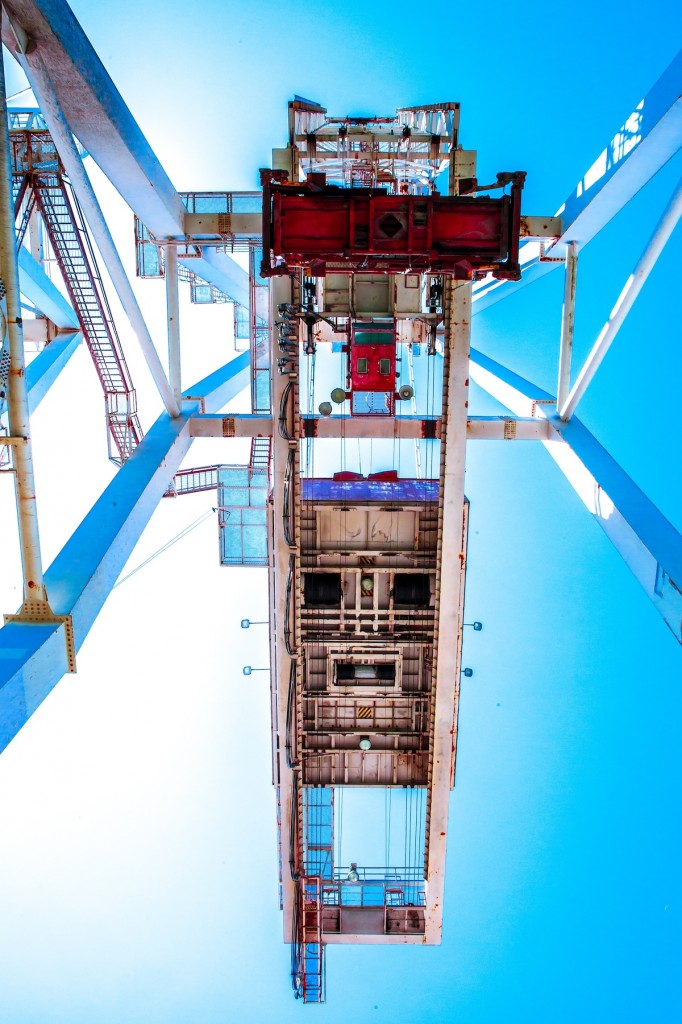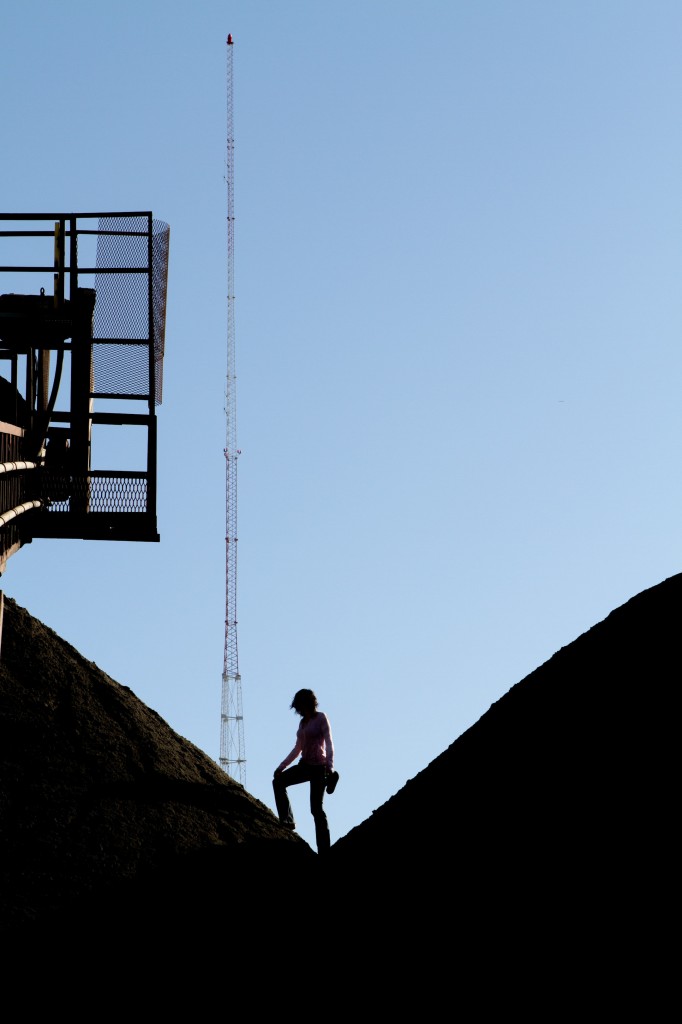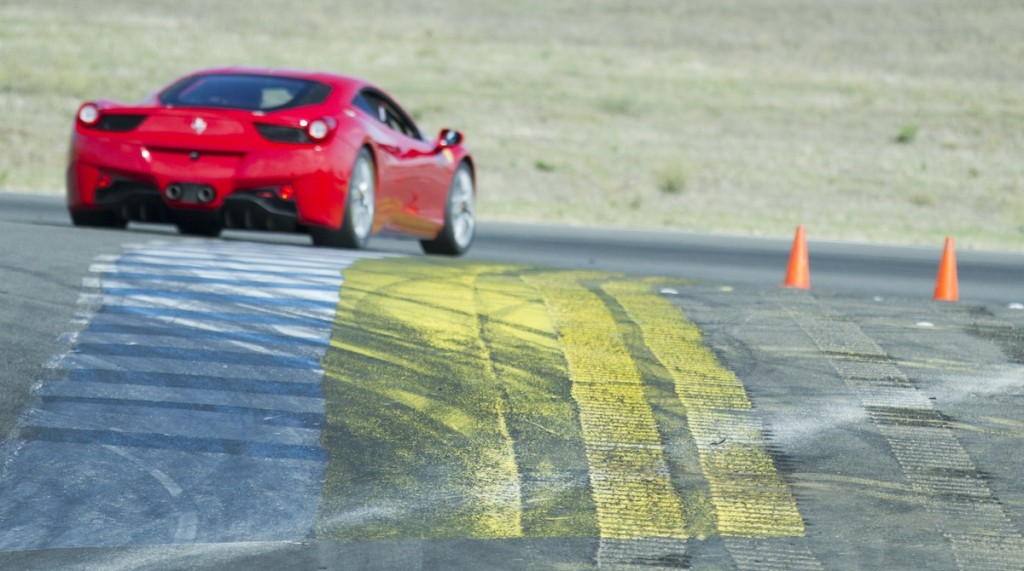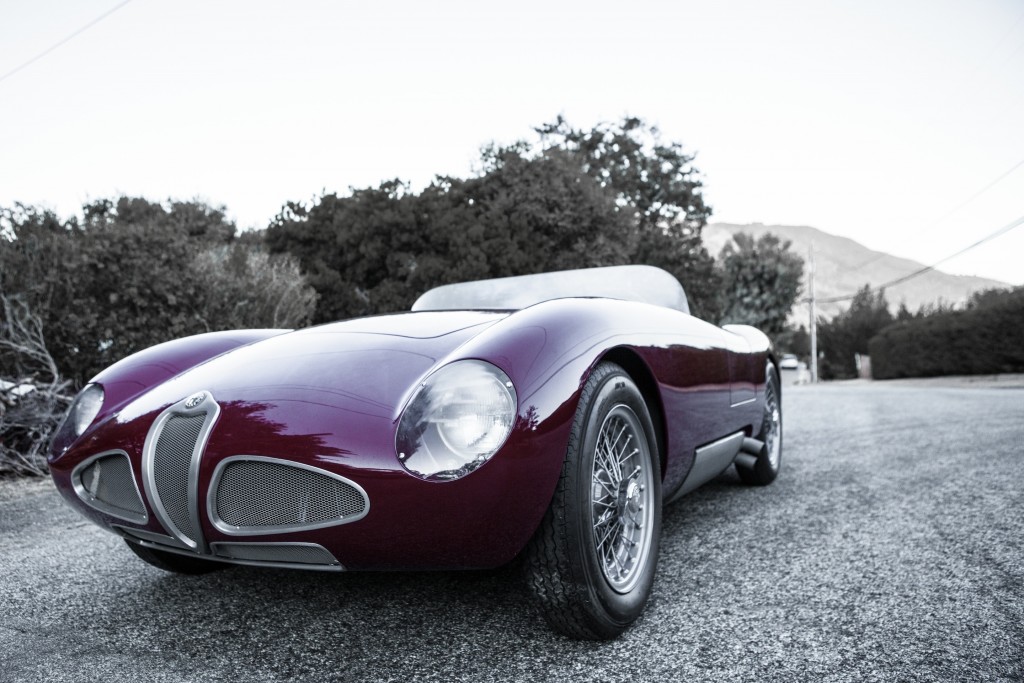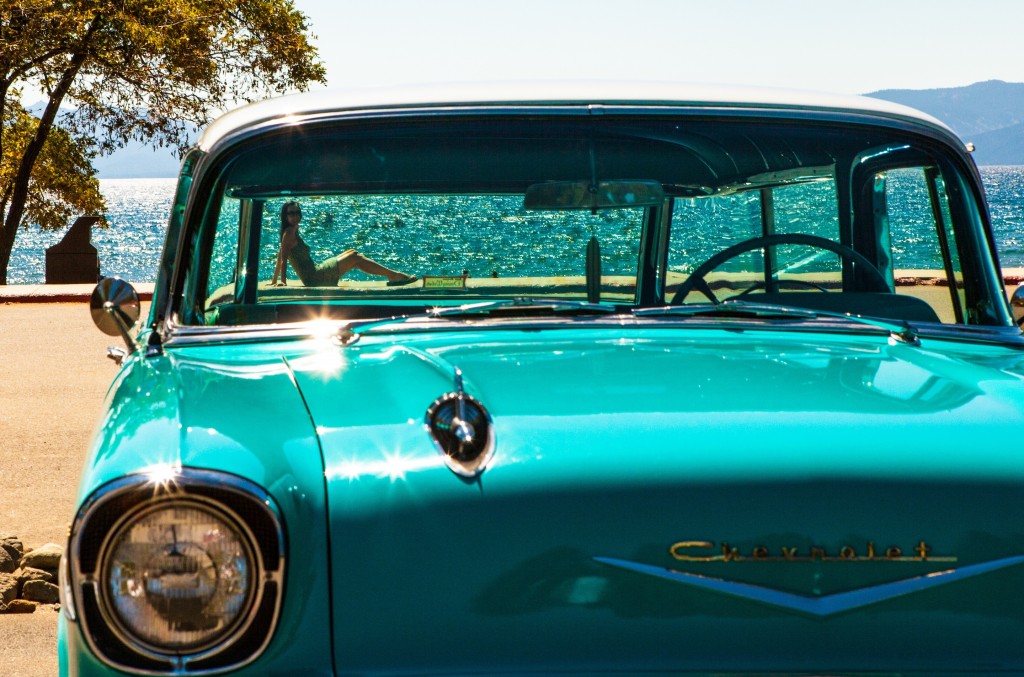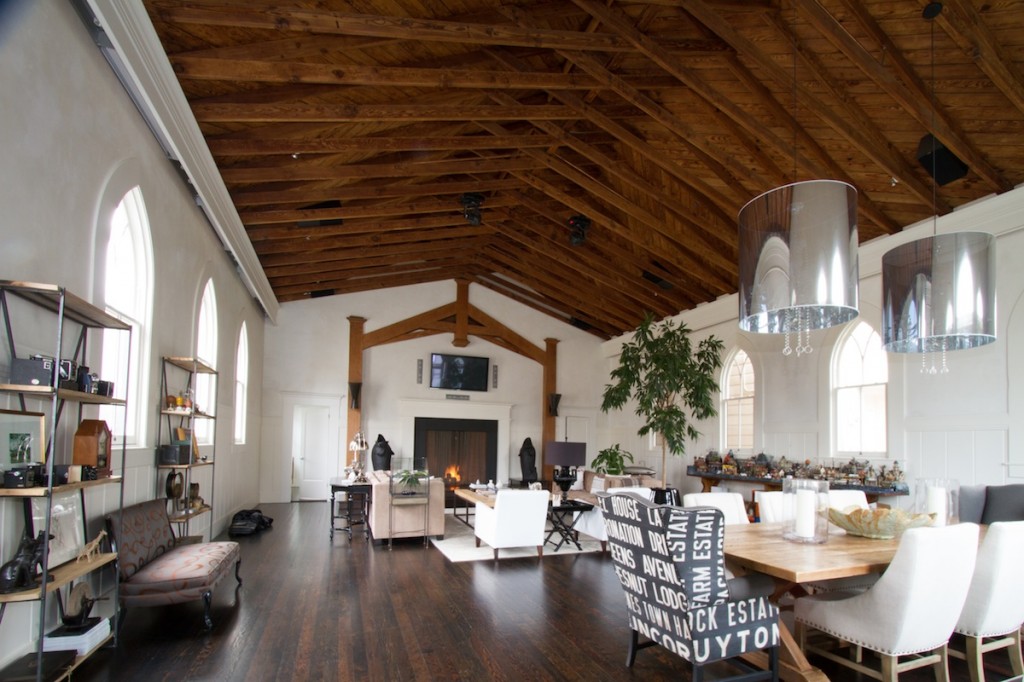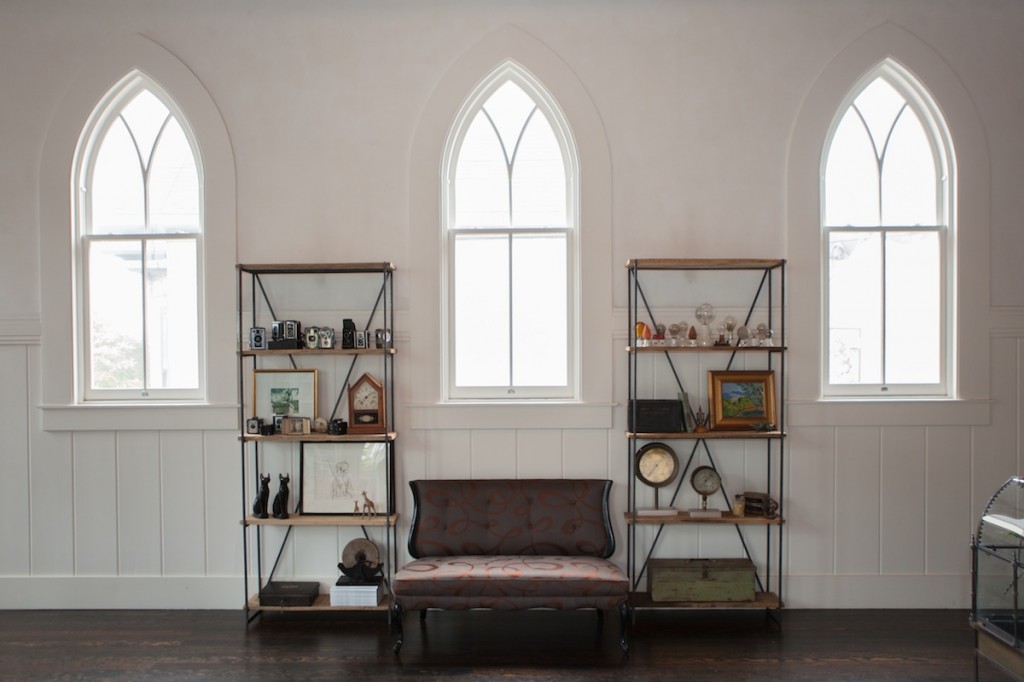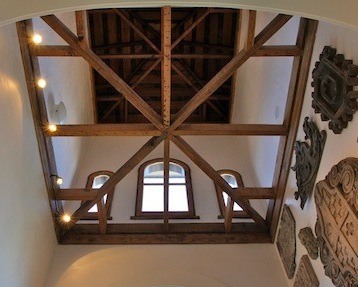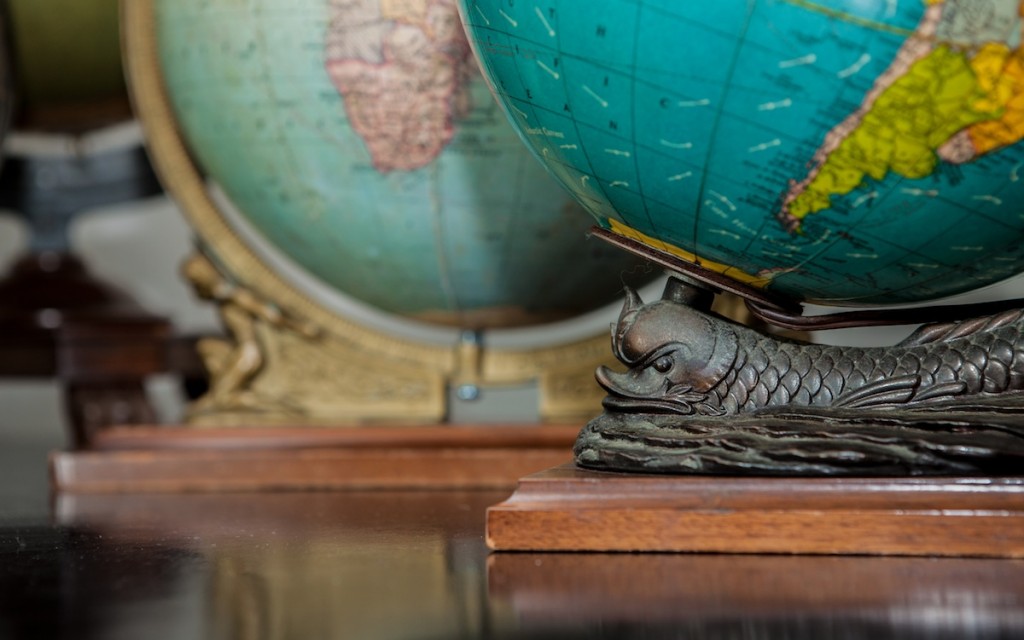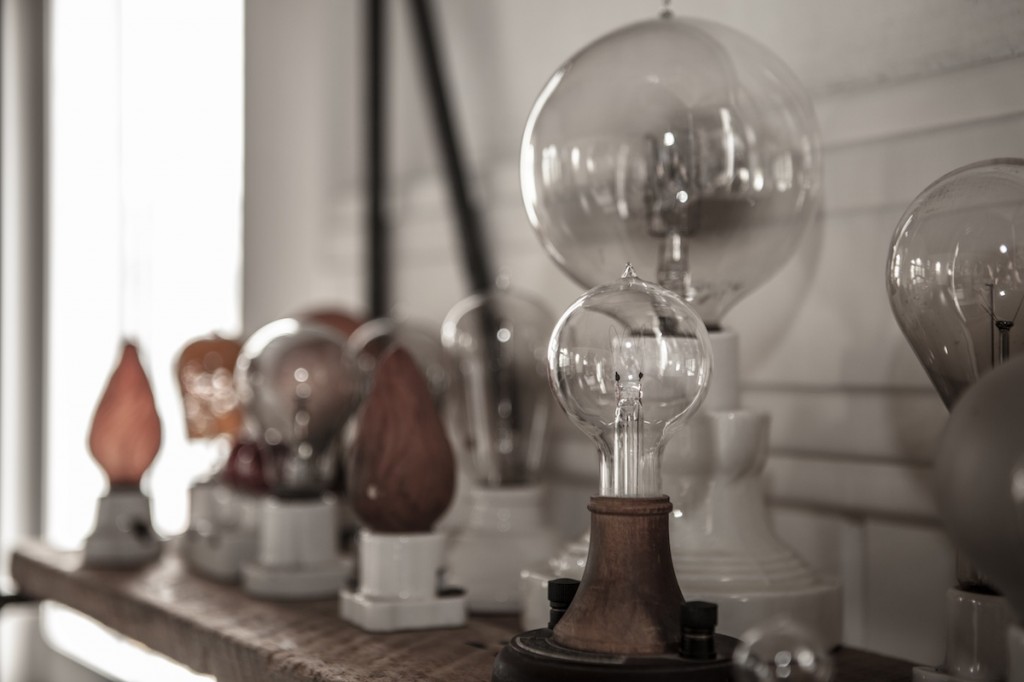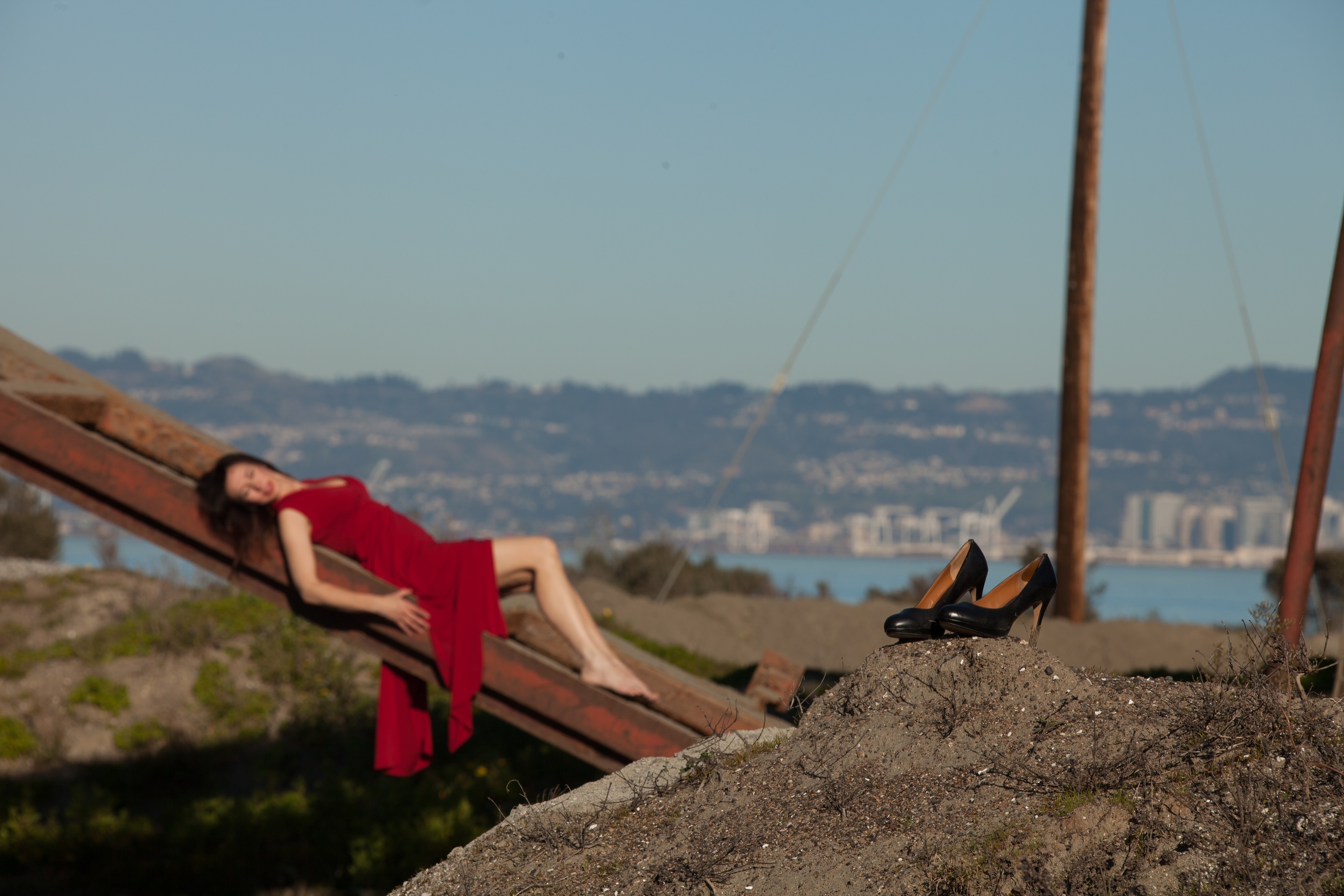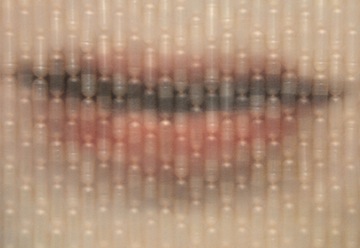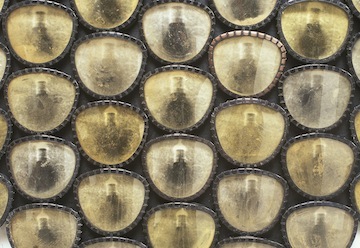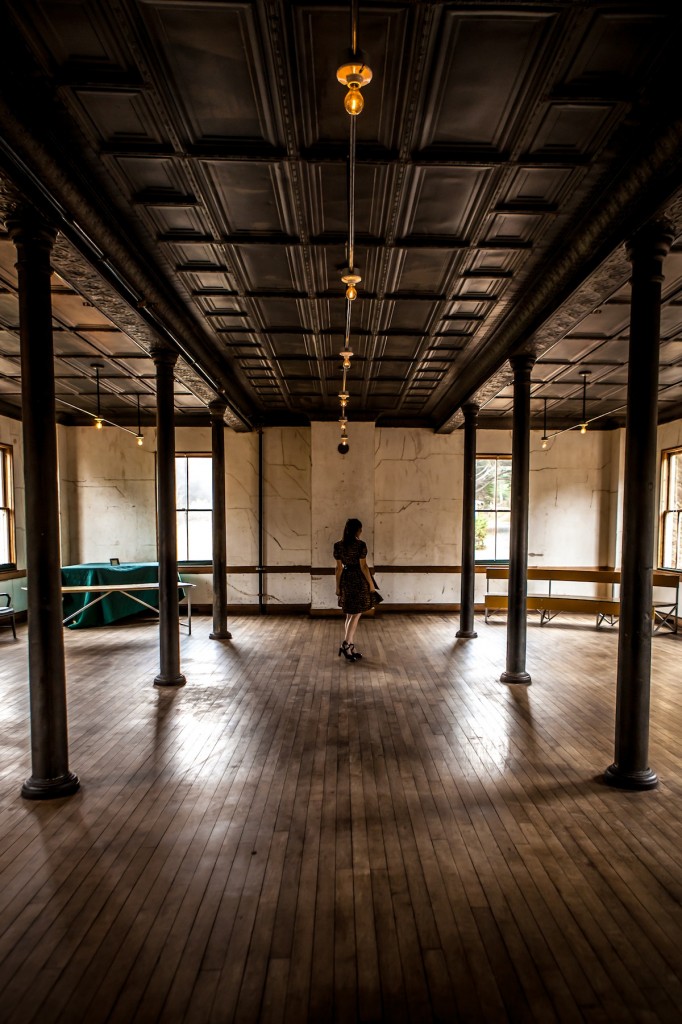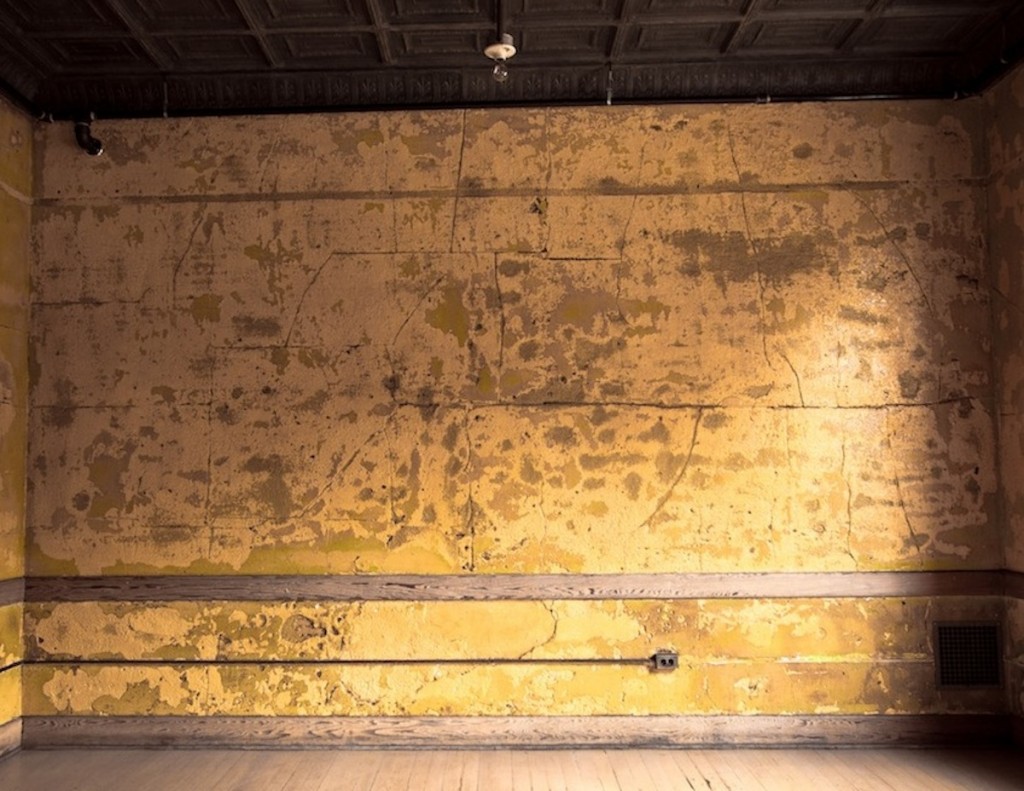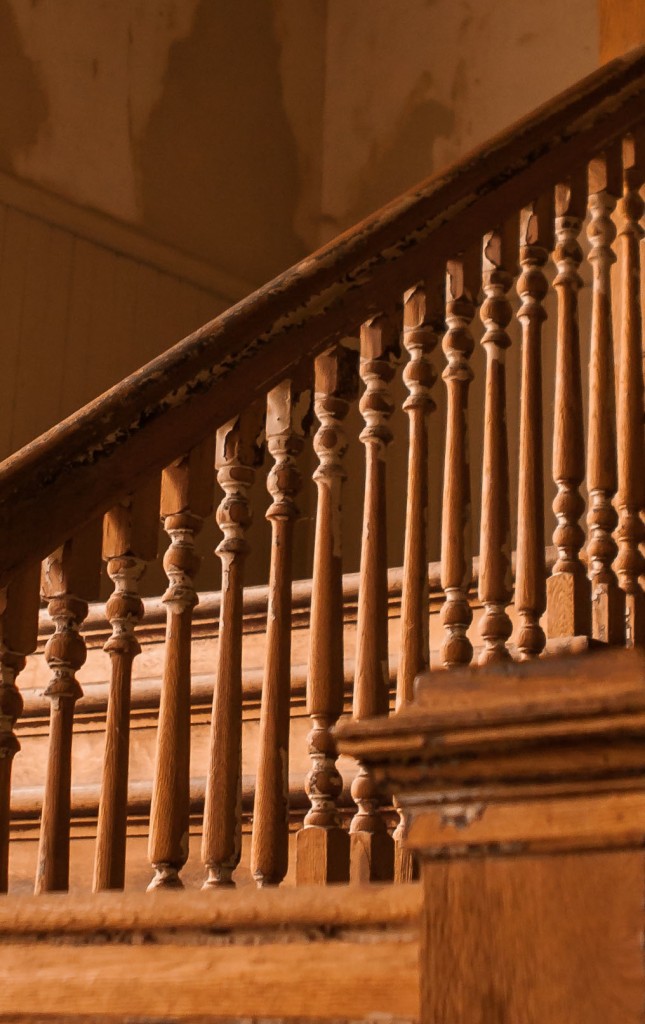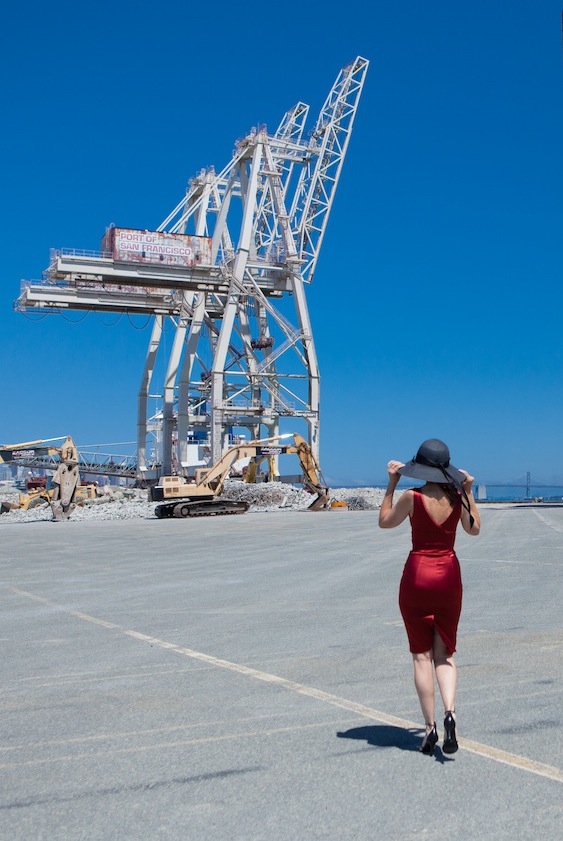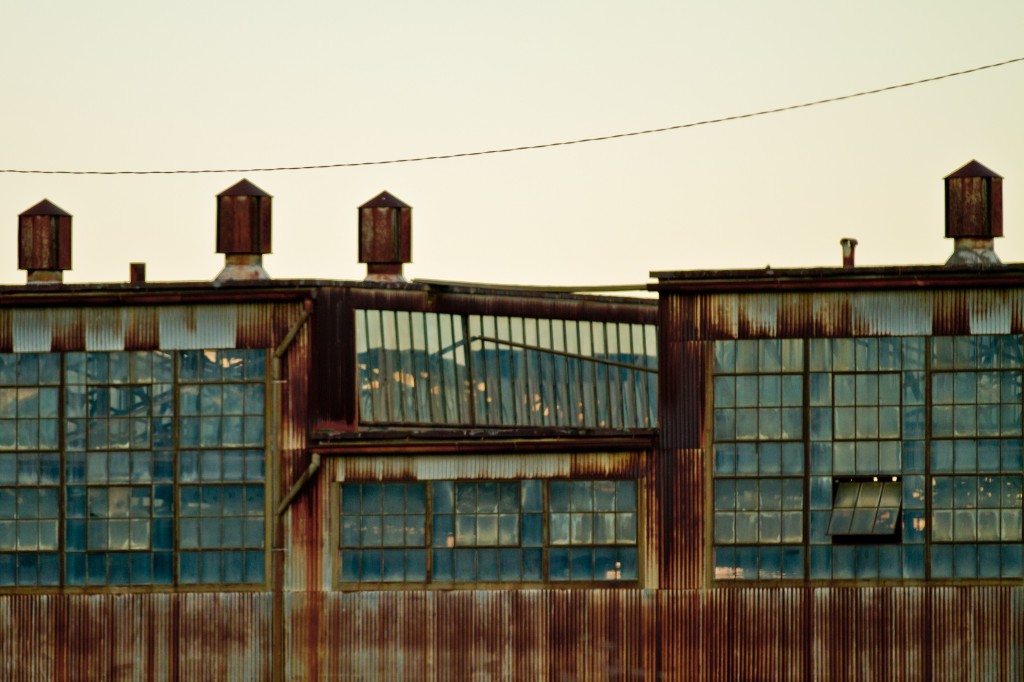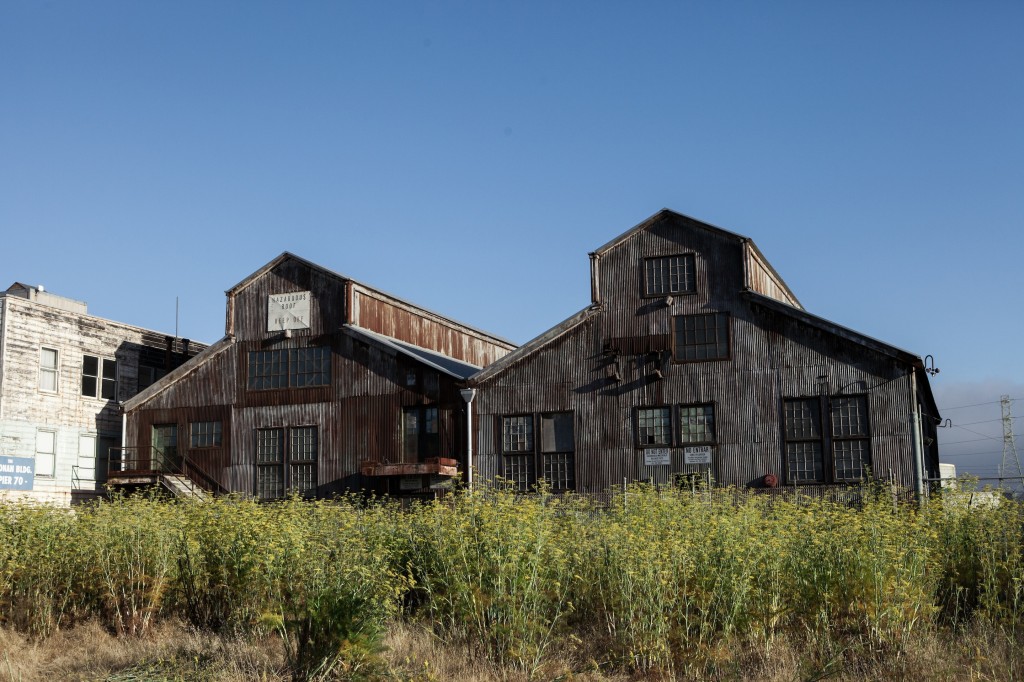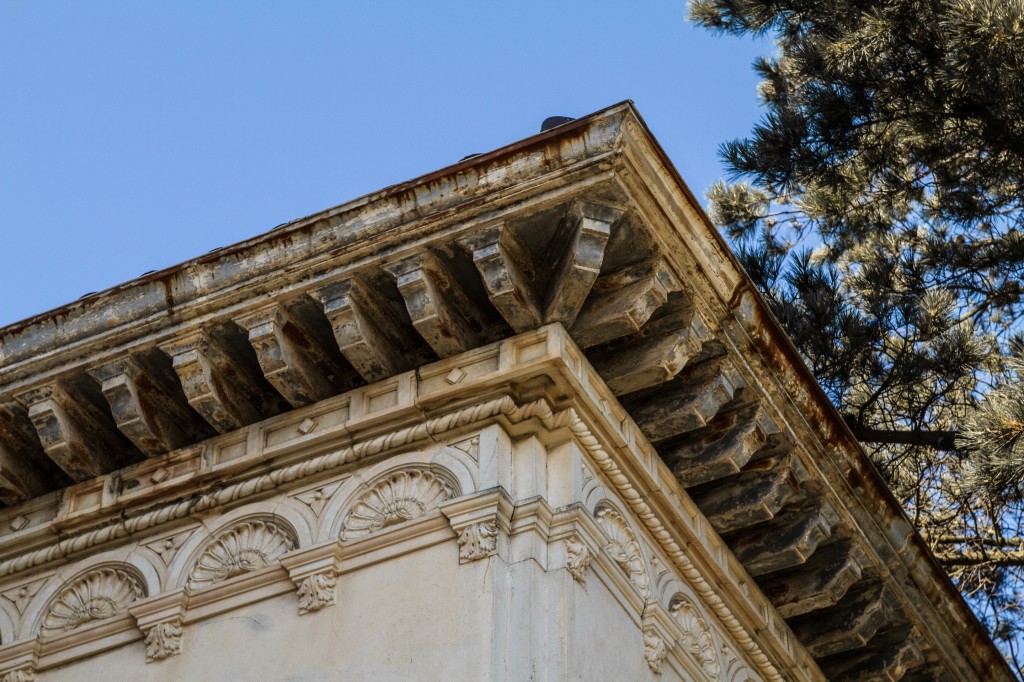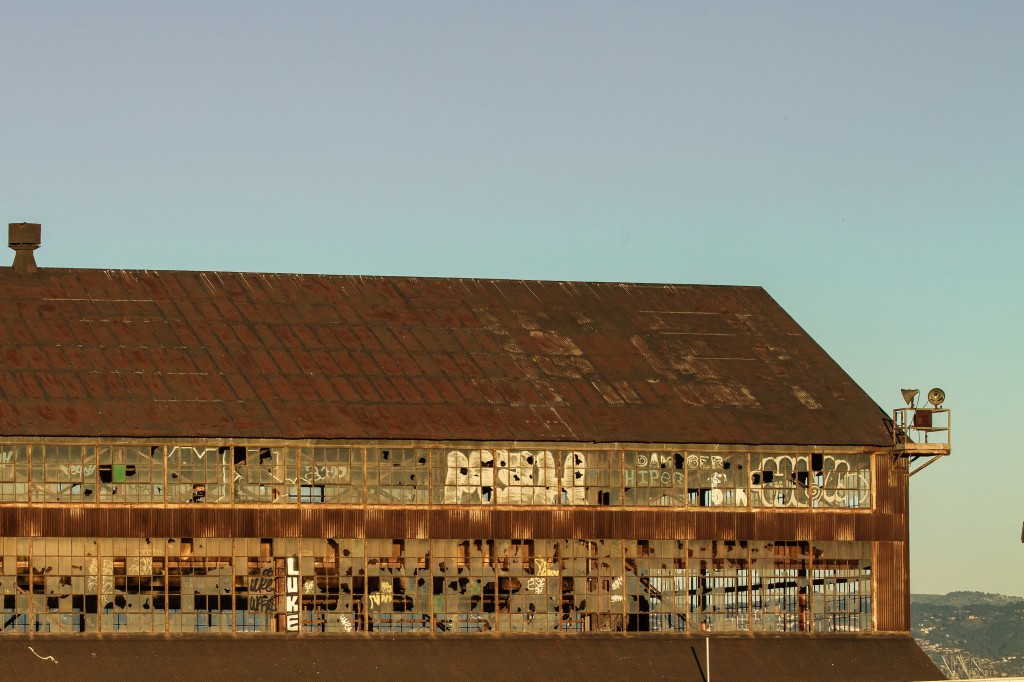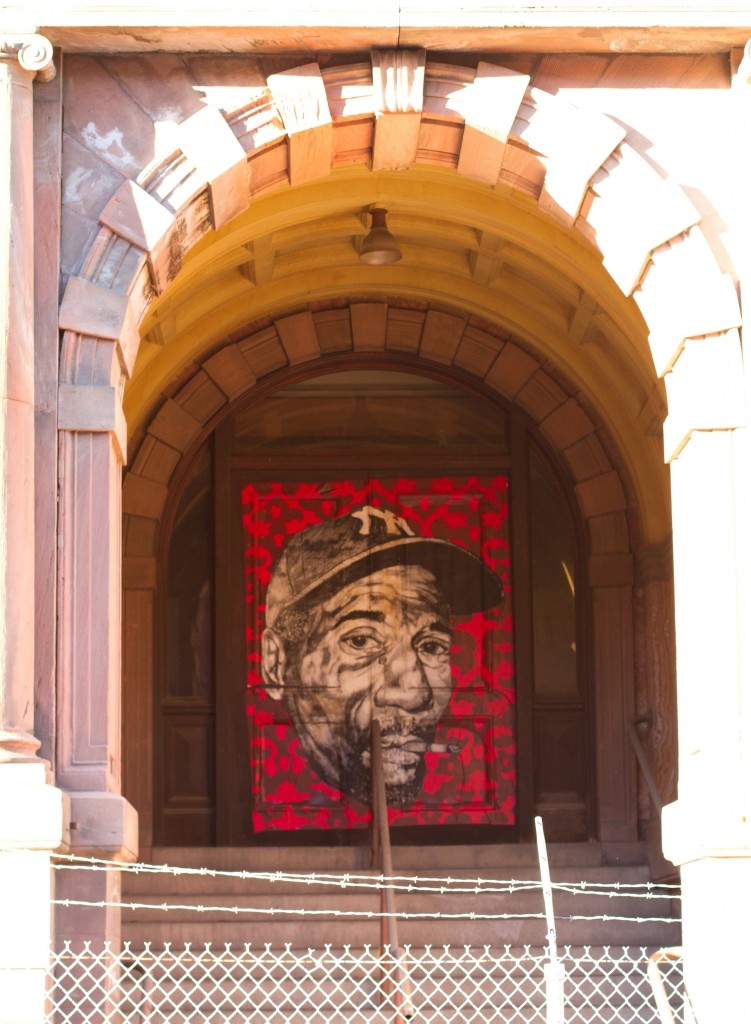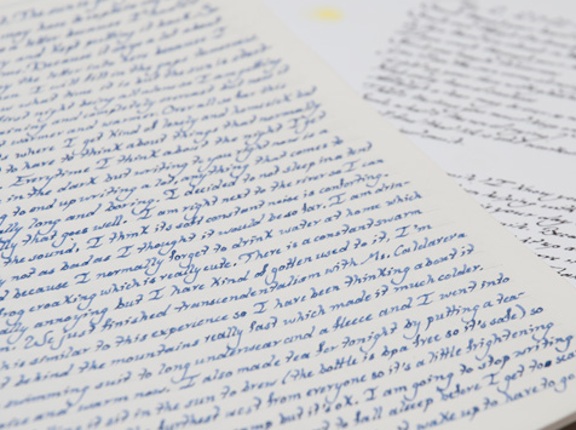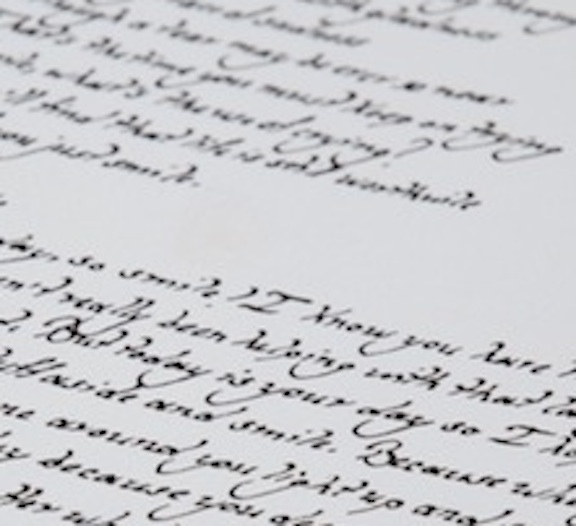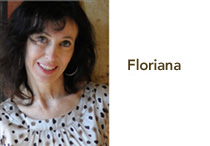
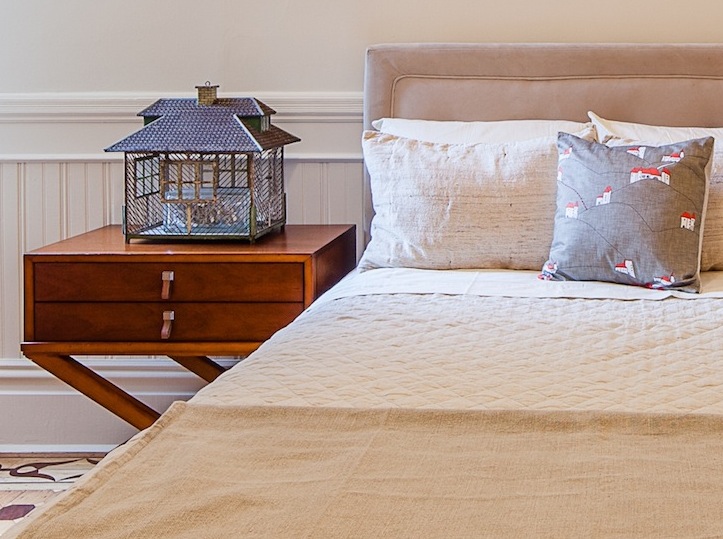
Bespoke, as a verb, is the past form of bespeak, which is an old-fashioned word, from the British, that means to suggest. To give evidence of. But the word is also an adjective that means to make something to the buyer’s specification. To customize.
And so for example, a group of London taylors in Mayfair, known as the Savile Row Bespoke Association, has tried to set standards for the making and selling of apparel to secure a certain trademark.
The standards are basically these : Hand work used almost entirely on all garments, including the “individual cut of a paper pattern” and Personal service, such as qualified advice, a large selection of fabrics, or the keeping of all records for future orders.
Bespoke is also the name of an interesting store up in the Sierra, in Truckee.
And so you come to this little town and here is this little store, which has an ‘old soul’ according to the proprietor, I am always drawn to that notion of an ‘old soul’. When you see a child and you say: he or she is an old soul, you want to spend time with that child. And that’s how you feel in this store. You want to find a story behind the objects, in the notebooks, ceramics and clothes, which are all made by hand by an artist or by a small company.
Isn’t there a special pride when you buy an object and you know it was made by hand locally?
You can also find some antiques like an old typewriter that is actually used for typing the labels. And the books that bring you right back to your childhood, all printed in USA or Sweden.
But my attention was focused on some unique plump pillows with a hand-embellished extra stitch. They are a labor of love and a unique work of art, crafted by the store’s owner, Heather River. Heather carefully chooses the fabrics with geometric abstract design.
They remind me of Kazimir Malevich suprematism paintings, like the red crosses on the blue background. To the beautiful abstract design of this organic cotton she adds a clever artistic surprise: an extra stitch to emphasize the shape of the cross. The designs also include abstract lines portraying churches and houses on the top of hills.
That image, along with the store and the town and the river took me right back home.
My questions to Heather:
Who inspires you the most?
I am inspired by a combination of many elements. From antique stores to small boutiques, blogs to good coffee shops, old barns to rusty tools, inspiration comes to me in many different forms. What inspires me about other artists is how they can a seemingly ordinary object and surprise me with something simplistically fantastic.
What is your favorite place in Bay Area?
My favorite place to visit in the Bay Area… hum that is hard there are so many. One of my favorite places to visit in the Bay Area is Paxton Gate. I love the way they display everything as though you are sifting through a museum of objects. I also adore eatting at Tacu Baya in Berkeley… the enchiladas are incredible!
What was the last great object that you found or that was given to you?
One of the most amazing things about having my shop is that people really connect with all of the “old” things I have. Often wives are ready to leave before their husbands who find my old tool and typewritter collections facinating to say the least. I have had perfect strangers give me family heirlooms because they know I will cherish and keep them “safe” in my shop. The last object that was given to me was an amazing old short hand dictionary. A man just walked in to my shop told me he had been in the week prior and realized he had something I would really like. It was a wonderful surprise.
Where would you go if you had to leave right tonight to an unexpected vacation?
A train ride across Europe, stopping at all the small towns and villages, eating delectables, and drinking amazing espresso with my son, Husband, and dachshund Lulu.
The latest fun thing you did?
Sitting on the shore of Lake Tahoe all day for my birthday with friends, fresh fruit, and sandy kids.


